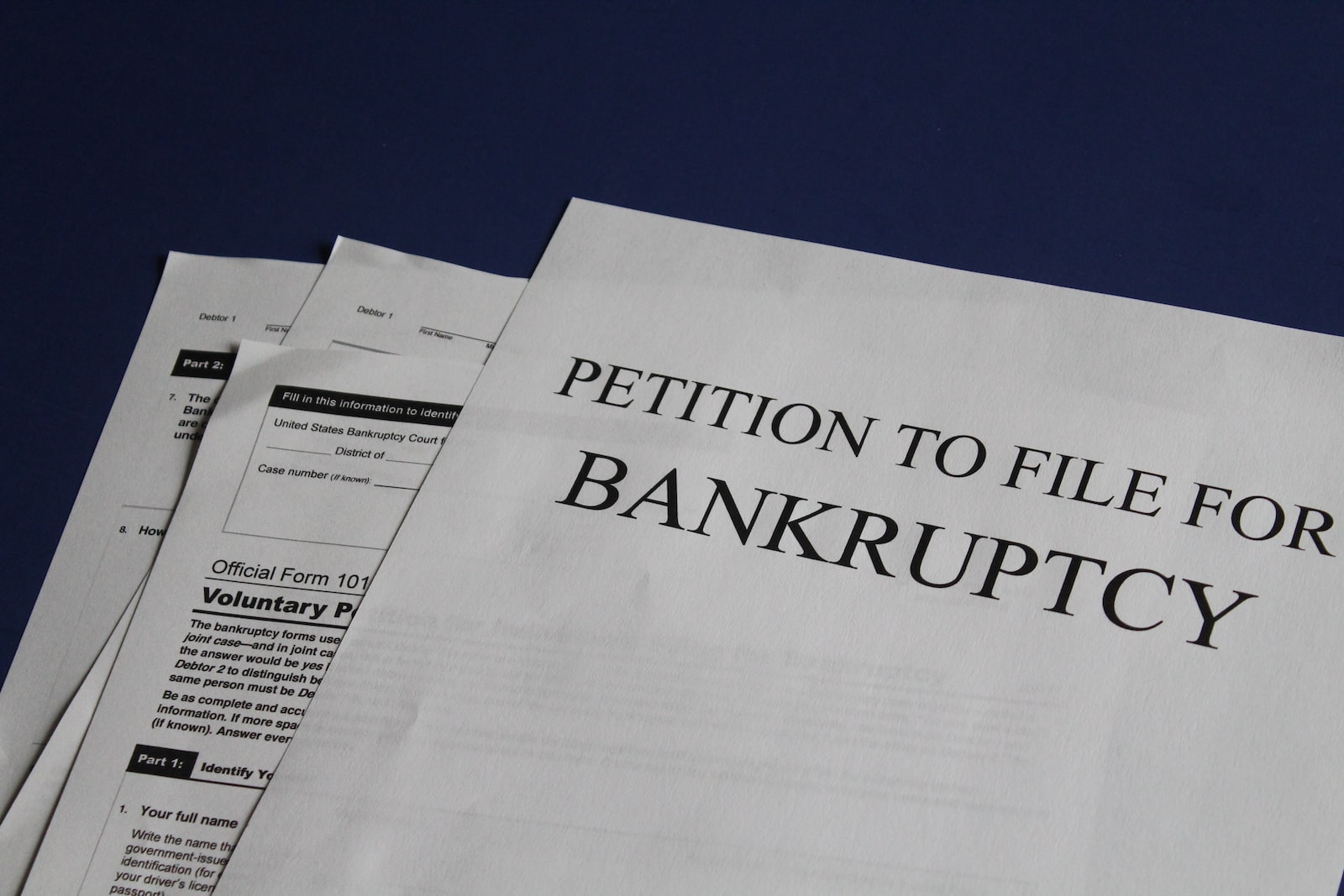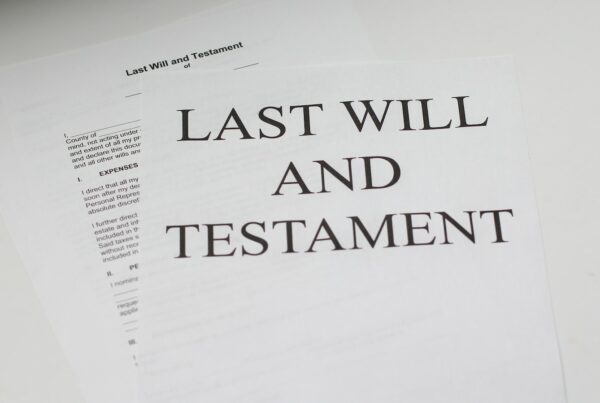To fully understand how divorce and bankruptcy overlap, you must first understand both.
Many financial issues come up when a couple ends a marriage. Not only are there spousal maintenance and child support issues, but usually there is a property division that divides up marital assets and debts. Larger assets such as business or commercial property can be difficult to divide. If neither party can afford to maintain the property alone or to buy the other out, then the couple may be forced to sell the asset.
Aside from losing half your partner’s income and half of your assets, you are also paying court fees, attorneys fees, and sometimes mediators, appraisals, subpoena fees, or expert fees in order to reach a conclusion in the divorce. If you are already in financial distress, going through a divorce may make the situation even more challenging.
While most individuals are at least somewhat familiar with what a divorce entails, people are not as familiar with bankruptcy. There are various types of bankruptcy, but most individuals file either a Chapter 7 or a Chapter 13 bankruptcy.
A Chapter 7 bankruptcy is a liquidation maneuver where a federal court grants relief from paying unsecured debts. Unsecured debts can be credit cards, medical bills, and personal loans. Secured debt can be student loans, taxes, child support, and spousal maintenance and is not eligible for this type of bankruptcy. A Chapter 7 bankruptcy does not have a repayment plan and all assets of the individual are liquidated to pay off what they can of the debts, as well.
A Chapter 13 bankruptcy is a reorganization maneuver where an individual’s debts and financial obligations are taken together to create a repayment plan over a set period of time. Unlike Chapter 7 Bankruptcy, there are debt limitations with this type of bankruptcy. Usually, the type of bankruptcy filed is determined by the number of debts, assets, and income of the individual.
Bankruptcy and divorce can overlap in several ways. Two of the most common cases are when you and your spouse file a joint bankruptcy and have already received a discharge prior to filing for divorce, or you or your spouse filed a bankruptcy, and it is still pending at the time the divorce is filed.
The second case is more difficult. Sometimes it can be easier to wait until you or your spouse is finished with the bankruptcy process before filing for divorce. This is because the bankruptcy case takes precedence over the divorce case because an automatic stay is entered that forces the divorce court to pause until the bankruptcy is finalized. If many of the debts you have with your spouse are joint, then you may want to file a joint bankruptcy with your spouse prior to filing for a divorce. This will help make the process of divorce significantly smoother. If you are dealing with these troubles and would like to speak to an attorney to get advice, please contact our office to set up a consultation.







